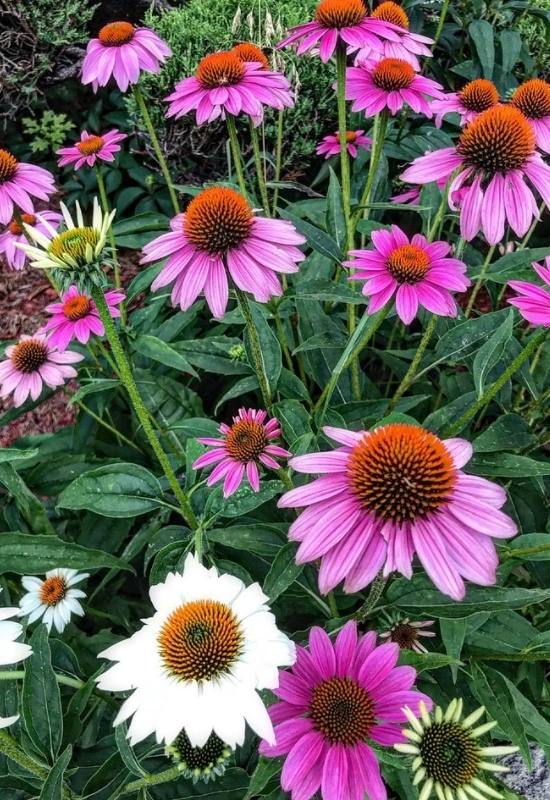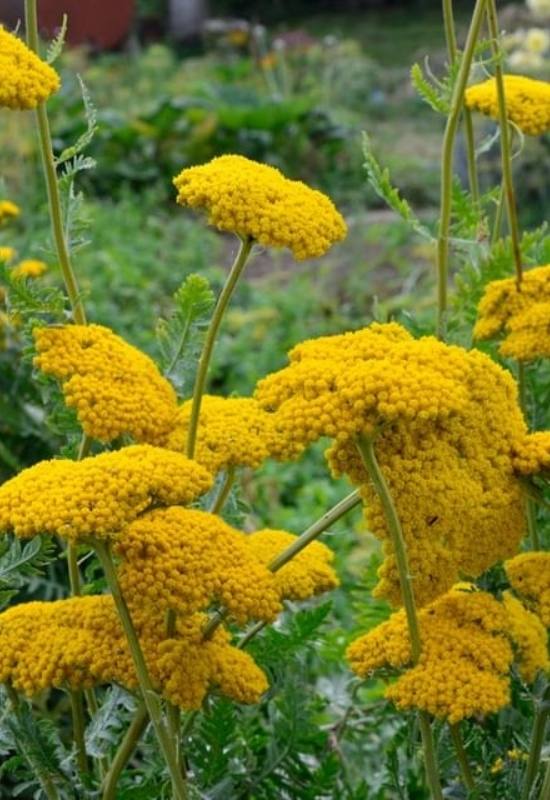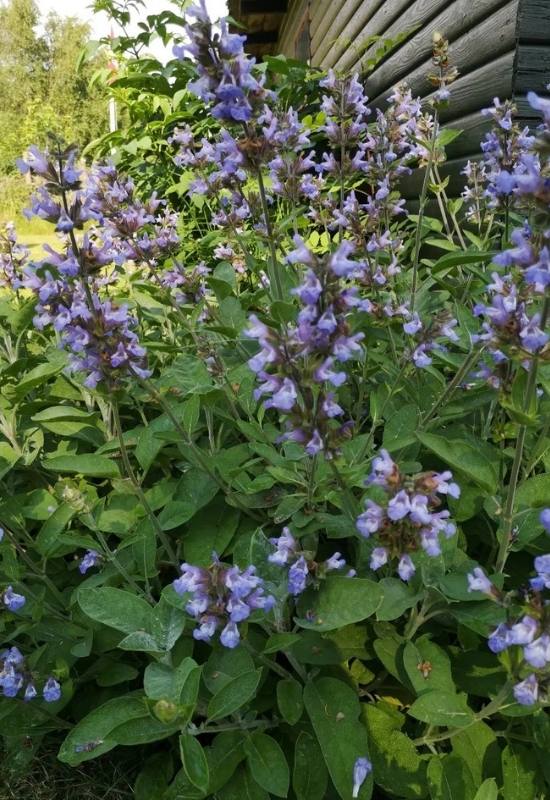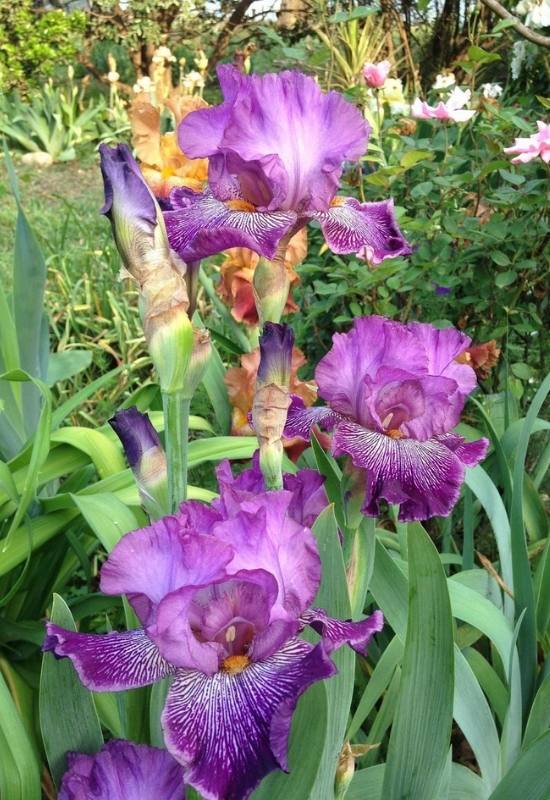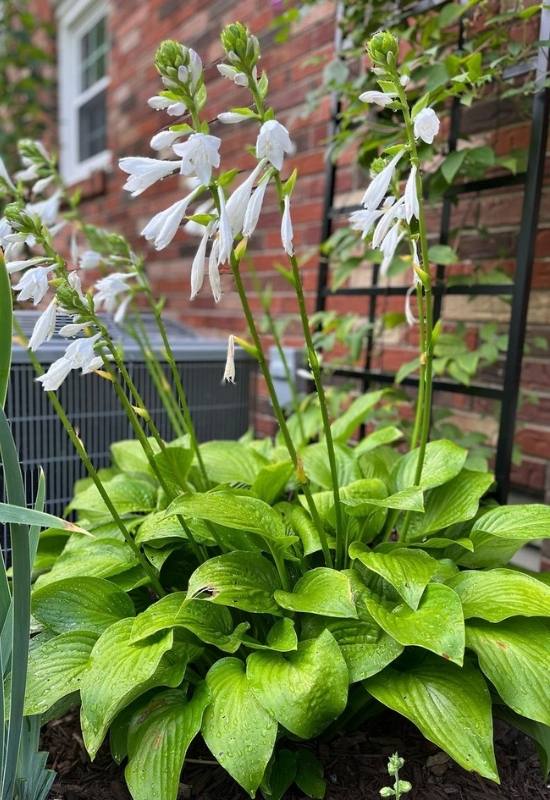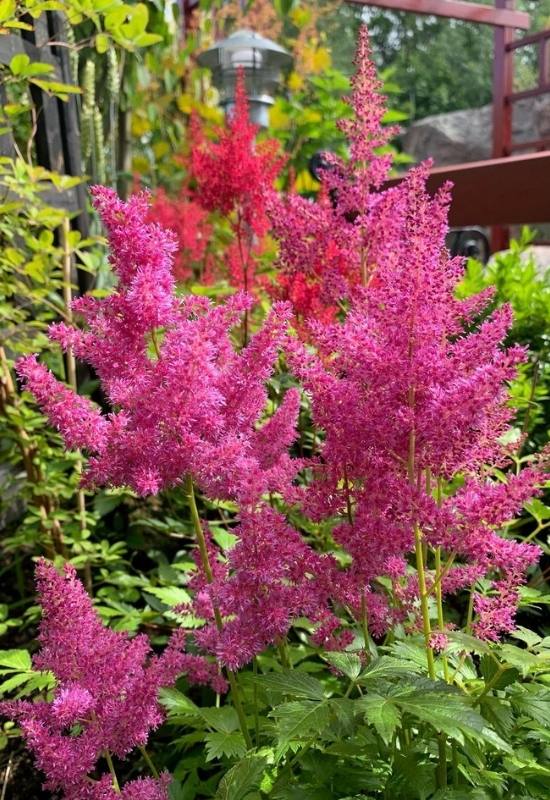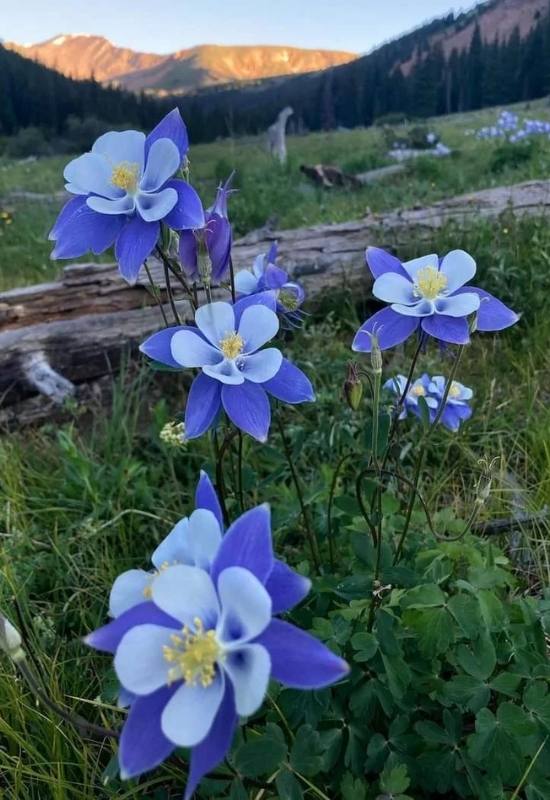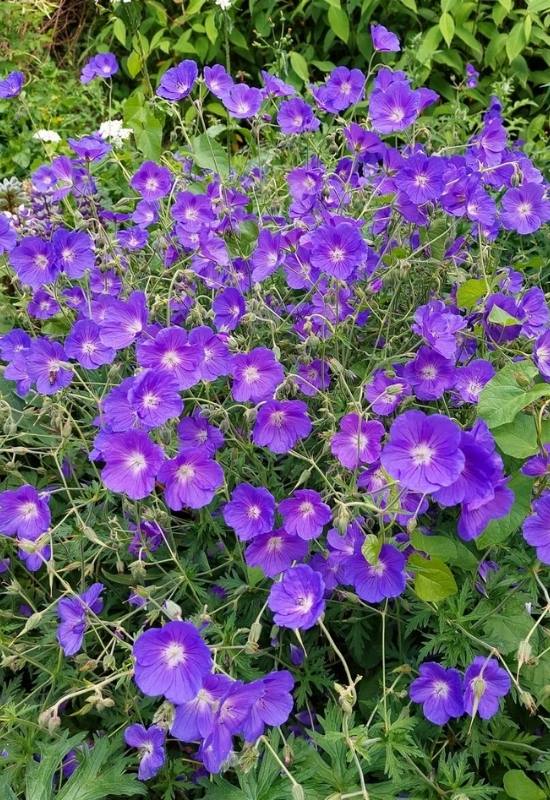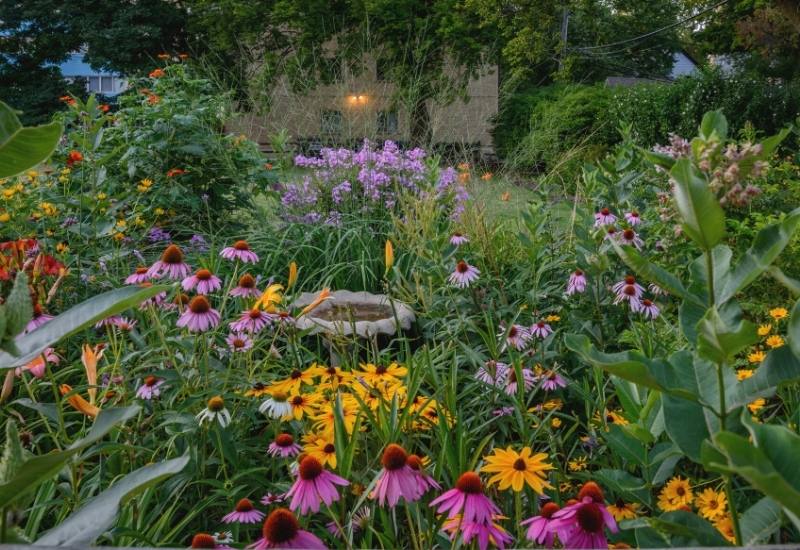
Low-maintenance perennial flowers allow gardeners to create a stunning garden that will come back year after year without much work.
Perennials that don’t require much pruning, weeding, or excessive watering have been the go-to plants for professional landscape architects for many years.
Busy homeowners will also benefit from planting perennial plant species since they will bloom every season without the need for planting bulbs or repotting, creating a beautiful and finished look for your property with minimal effort.
If you want to create a stunning landscape with as little stress as possible, the following hardy and beautiful flowering perennial species are a great choice to add to your garden.
Whether you’re looking for a brightly colored sun-loving perennials to add some life to your garden or a plant for places that get a lot of shade, these low maintenance perennial flowers are sure to please.
Low Maintenance Perennial Flowers For Full Sun
Many plant species thrive in full sun with minimal effort, but to ensure that their soil remains moist and their blooms plentiful, do a quick watering once or twice a week.
Here are our favorites’ low maintenance flowering perennials that thrive in Sun.
1: Coneflower – Echinacea spp.
A favorite for naturalists and gardeners alike, coneflower species are a great low-maintenance perennial for any garden.
They are also beautiful additions to pollinator gardens because they attract butterflies and bees while also providing seeds for migratory birds.
Several species of coneflower are native to North America, but the variety most often planted in landscape gardens is the purple coneflower, Echinacea purpurea.
2: Yarrow – Achillea spp.
These sun-loving species are drought tolerant and will survive a dry summer or lack watering, making them great for low-maintenance gardens.
Yarrow blooms during the summer months from June to September and comes in various colors, including white, yellow, and pink.
Its small stature and low maintenance requirements make it an excellent choice for ground cover, borders, open meadows, and pollinator gardens.
3: False Indigo – Amorpha fruticosa
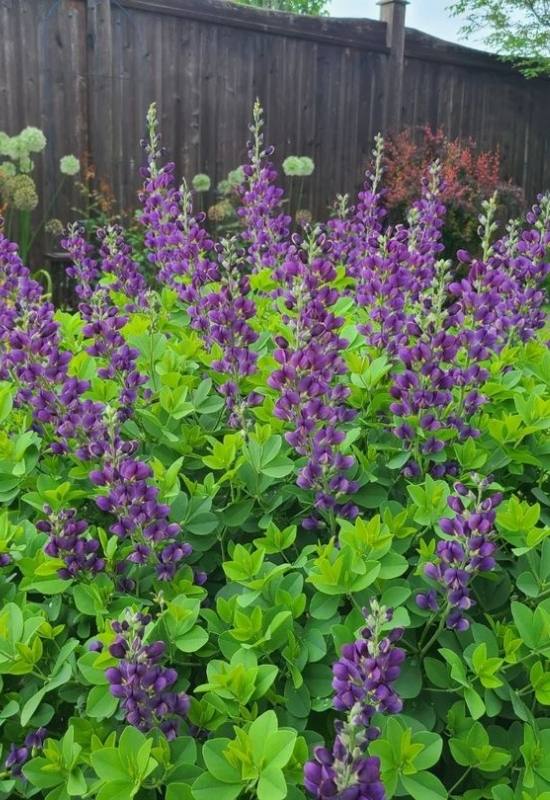
This beautiful and hardy perennial species is very long-lived and low maintenance if planted in an area with full sun and well-drained soil.
Their beautiful greyish-blue leaves have long been sought after by professional gardeners, and their 2 – 4 foot flower spikes boast white, blue, purple, or yellow pea-like flowers.
Although making them difficult to transplant, their long tap root makes False Indigo a very drought-tolerant species.
4: Coreopsis – Coreopsis spp.
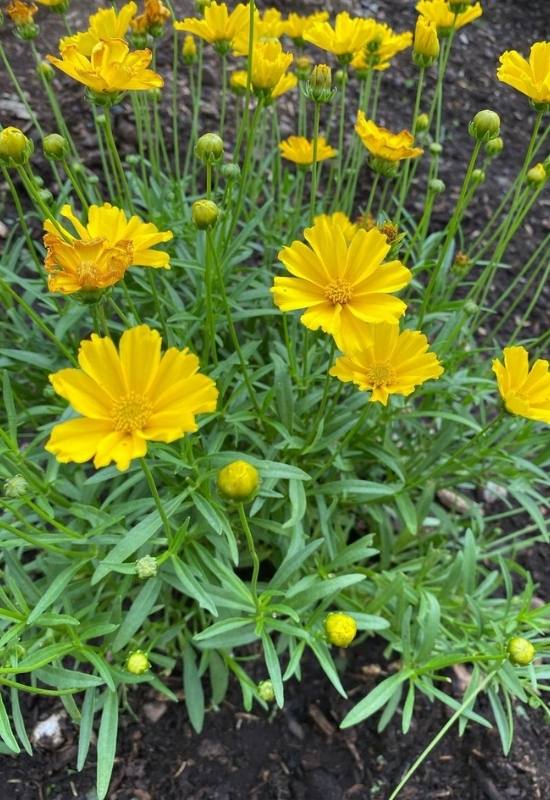
Several species of Coreopsis do very well in rocky and poor soils, making them a perfect choice in areas where little else will grow.
Differing mostly in their foliage, these species have beautiful daisy-like blooms during the summer and fall that come back every season with minimal effort.
The most commonly planted is the yellow variety, but their flowers also come in shades of pink and white.
5: Sage – Salvia officinalis
A wonderfully aromatic herb, this species can serve as a beautiful addition to your flower garden and your dinner plate.
Sage is one of the most popular herbs in savory dishes like thanksgiving stuffing, and it always tastes best when it comes from your garden!
Once established, sage will show its gorgeous purple blooms year after year with little to no maintenance.
6: Thyme – Thymus spp.
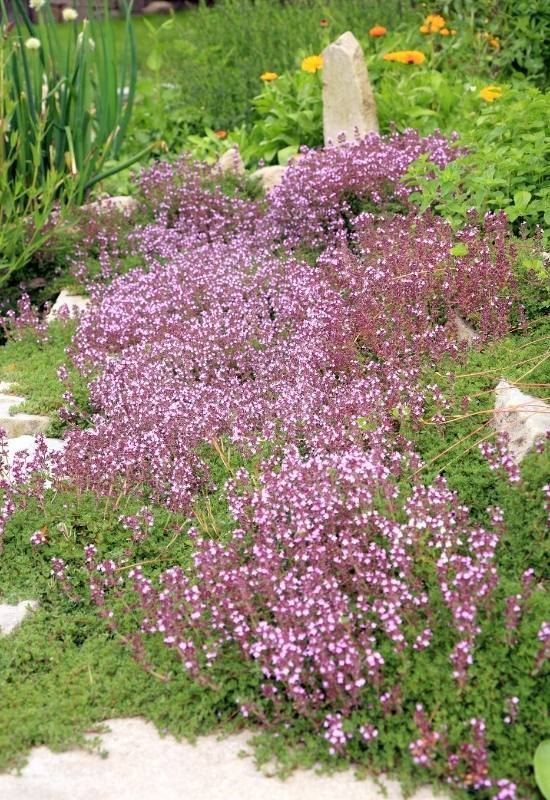
Another wonderful culinary species that also looks great as a flowering garden plant, thyme is quick growing, easy to maintain, and very fragrant.
There are several varieties, including common thyme, Thymus vulgaris, which is the most common species planted for culinary and medicinal purposes. The gorgeous purple flowers are tiny but are known to pack a powerful punch of fragrance.
7: Blazing Star – Liatris spicata
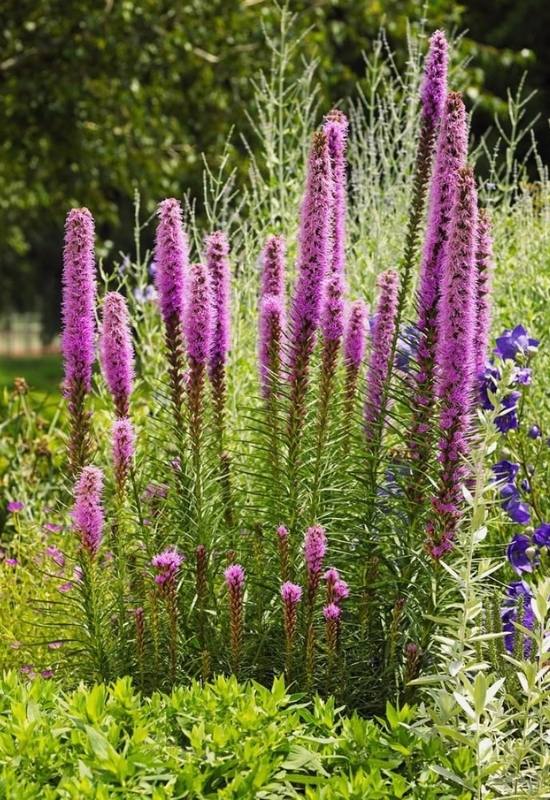
This bold exotic looking species will be a centerpiece in your garden with its vibrant purple feathery flower heads that rise on a spike above its stunning green foliage.
If planted in full sun and kept watered, this plant will continue to flower every season. Blazing star blooms from the top down, creating a spectacular show if you are lucky enough to witness it.
8: Lavender – Lavandula spp.
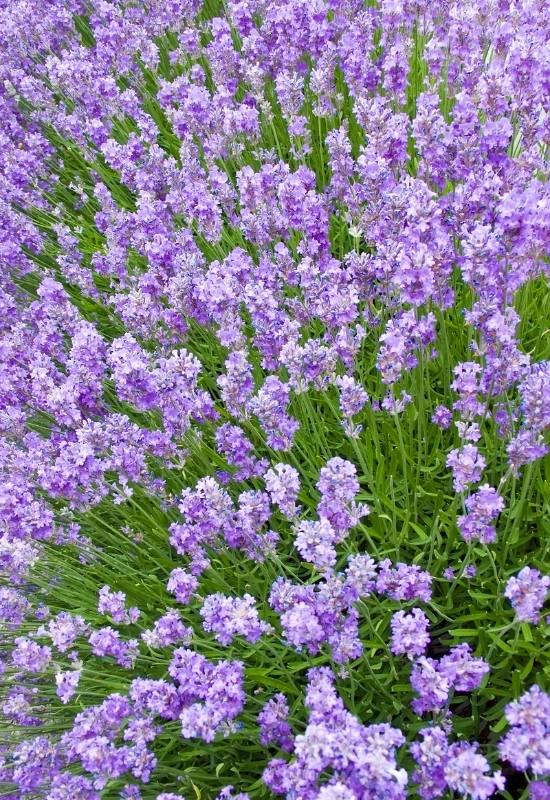
An absolute favorite for those who enjoy the wonderful aromas of lavender flowing through the air, this species boasts beautiful purple blooms yearly with almost no maintenance.
If they are grown in well-drained soil and full sun, lavender plants are long-lived and winter-hardy.
Cut flowers are used fresh in fragrant bouquets and dried for medicinal, culinary, and ornamental purposes.
Perennials For Partially Shady Garden Spaces
Many species can tolerate a range of light conditions. These types of species make it easier for gardeners with multiple sunlight conditions in their yard create a cohesive look with a minimal amount of effort.
Here are 7 low-maintenance perennials to spruce up your not-so-sunny landscape.
1: Black-Eyed Susans – Rudbeckia hirta
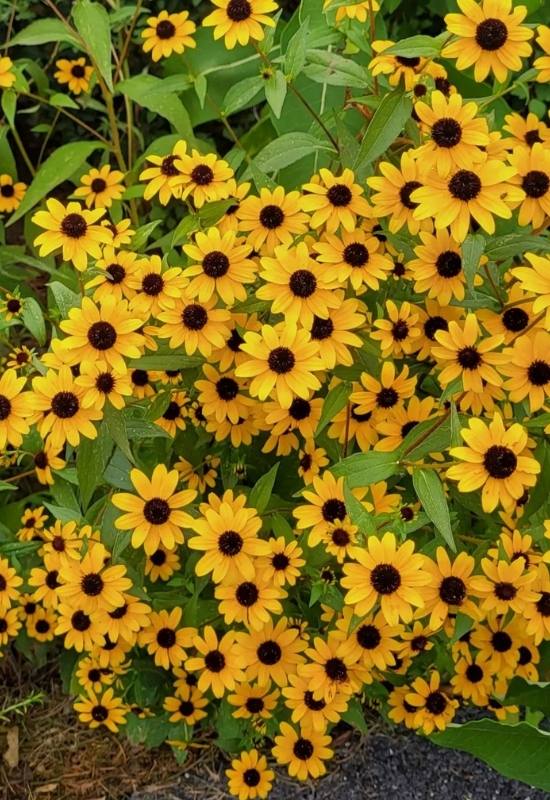
This beautiful and easy to maintain species blooms flowers that resemble tiny sunflowers that will bring a cheerful glow to any garden. Black-Eyed Susans are a favorite of pollinators so plant them where you can see their visitors.
This species is incredibly drought tolerant and winter hardy, but flowers the best when grown in fertile, well-drained soil in full sun.
It is often one of the first wildflower species to colonize a newly disturbed area. They easily reseed, so thinning will be necessary every few seasons.
2: Blue Aster – Symphyotrichum laeve
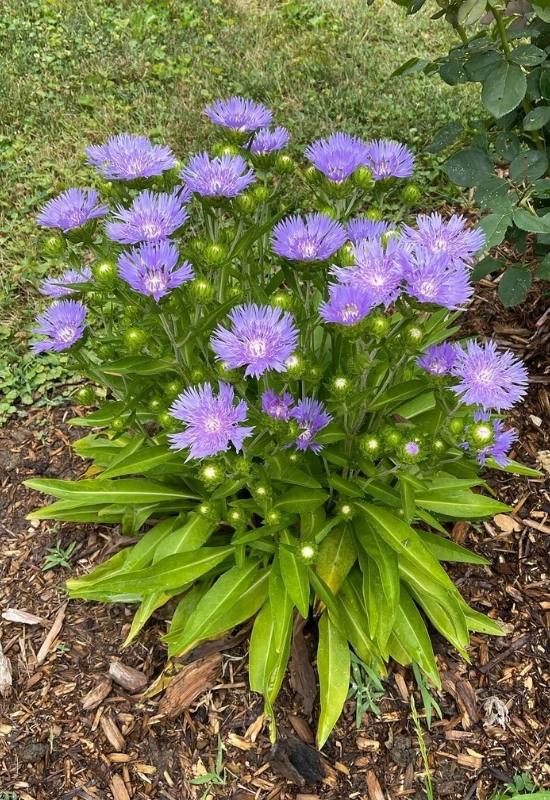
There are many different species in the Asteraceae family, many of which are native to North America. They boast intricate blooms in a variety of colors that is sure to light up any garden.
This variety has a gorgeous blue/purple hue with a striking yellow center that will bring color to even the darkest of garden nooks.
They are very low-maintenance, hardy, and tolerant of drought. This species will slowly escape from your gardens, so some minor thinning will be required every few seasons.
3: Daylilies – Hemerocallis spp.
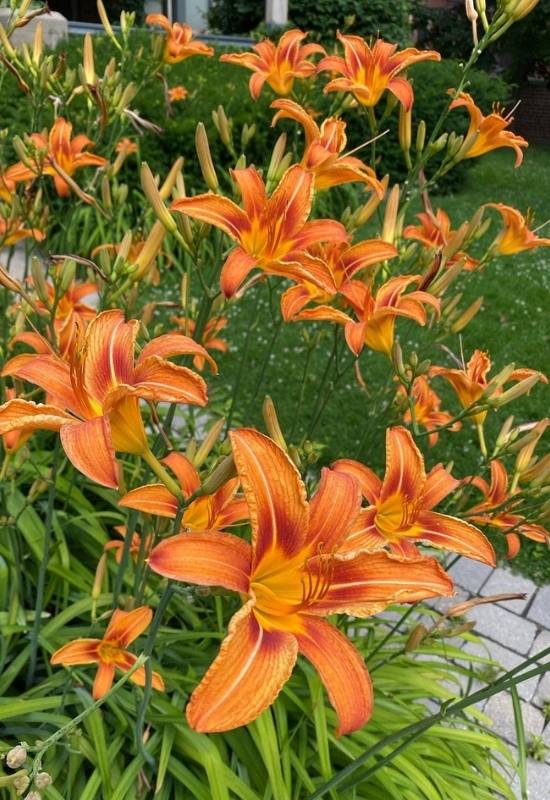
A well-known favorite of avid gardeners, daylilies come in various colors that boast numerous flower stalks and clusters of sword-like vegetation.
Individual flowers only last for a few days, but each plant will continue to bloom for several weeks, with some varieties having a second bloom in the fall. If planted in a proper location, daylilies are long-lived and will bloom for years.
4: Iris – Iris spp.
There are many different Iris varieties, many of which do very well in partial shade. Iris plants create a dense patch of vibrant vegetation with striking, usually multicolored, flowers that pose on a tall stem. The Dwarf crested iris, Iris cristata, is native to the eastern US and a great choice for ground cover in shady locations.
5: Catmint – Nepeta spp.
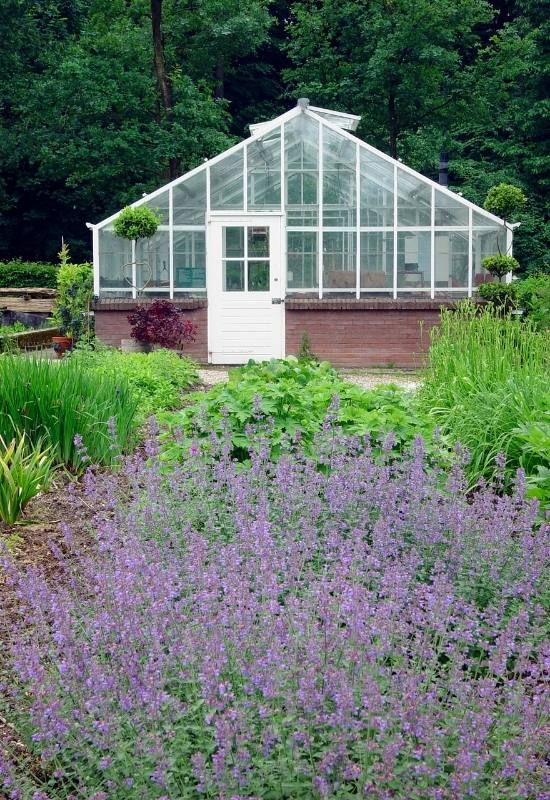
This species is a relative of catnip and lavender. Catmint blooms beautiful stalks of violet flowers from May to September.
Like most mint plants, catmint prefers cool and moist soil. So those in southern states will want to plant this species in an area with partial shade, while northern gardeners can get away with planting catmint in full sun.
6: Primrose – Primula spp.
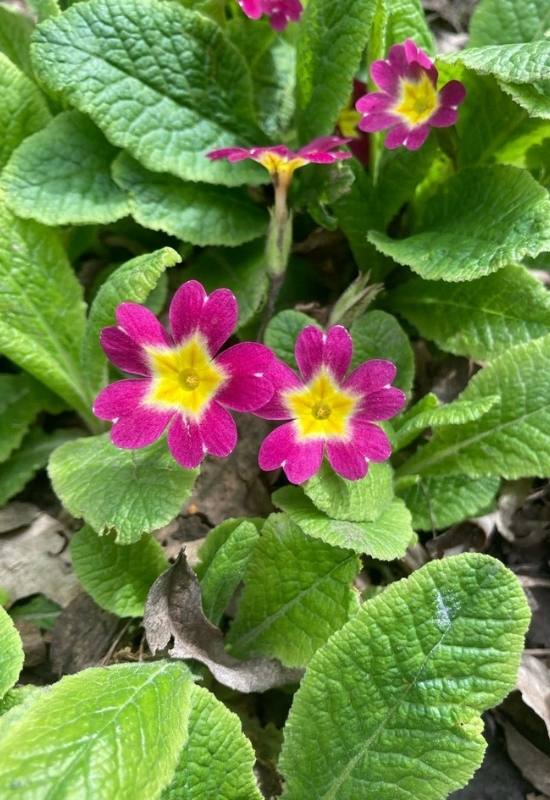
Primroses include a large group of low-growing hardy plants that boast clusters of long-lasting flowers that are one of the first to bloom in the spring.
They are a favorite of ornamental gardeners due to their basal leaves creating an entire appearance and varied flower colors creating a stunning floral design.
7: Spiderwort – Tradescantia spp.
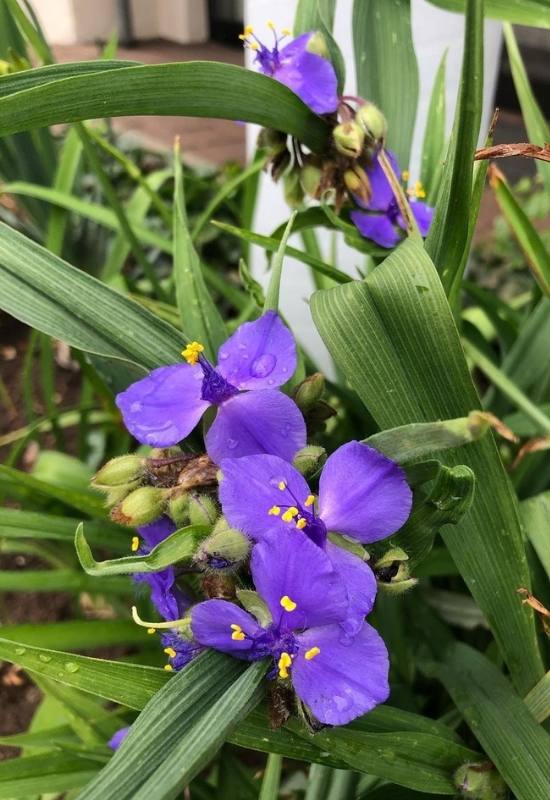
Spiderwort plants are a beautiful species to plant in a shady garden because of their long-lasting, continuous, and elegant blooms, clumping vegetation, and easy-to-care-for traits.
This species can tolerate high soil moisture levels, so plant them near water features or in rain gardens. Deadheading the flowers encourages thicker blooms but is not necessary for continuous flowering.
Low Maintenance Perennial Plants That Can Be Grown In Full shade
It can be difficult to keep most plants thriving in shaded gardens. Fortunately, the following shade-loving perennial species will thrive in areas with minimal sunlight, which makes them great choices to plant in shaded yards, along fence lines, or near your house.
1: Hostas – Hosta spp.
Hosta species are a common addition to gardens because of their very low-maintenance, beautiful green foliage that adds color to dull areas all season long.
Their fragrant lily-like flowers bloom on top of a long spike and are very attractive to hummingbirds and pollinators. Be aware Hosta species are a favorite treat of deer, so plant them in a location near your house.
2: Bleeding Heart – Dicentra spectabilis
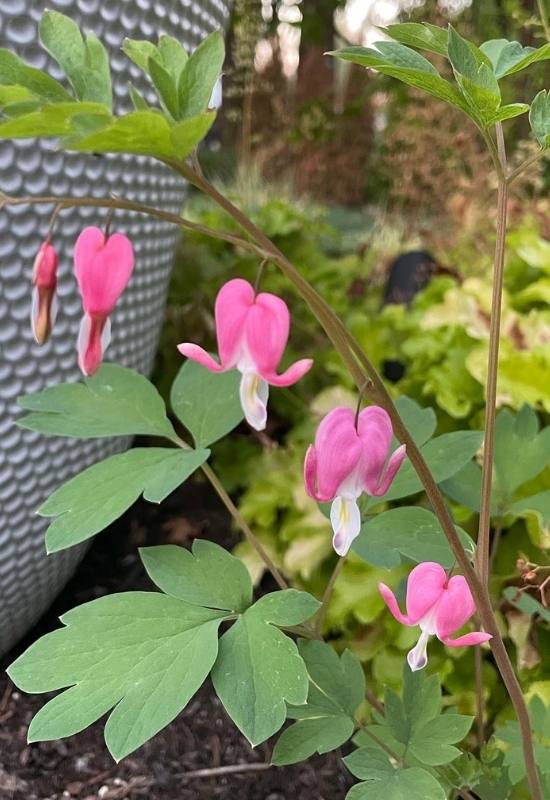
An all-time favorite spring-blooming perennial, this gorgeous species has lush foliage with pink or white hearts that hang like gems amongst the leaves.
Truly an elegant plant, bleeding hearts do well showcased in hanging pots or planted in a nearby shaded garden.
3: Astilbes – Astilbe spp.
This shade-loving species has delicate flowers that start blooming in early summer. Their flowers resemble clusters of vibrant ferns that come in various colors including purple, red, and pink.
Most varieties will bloom all summer long without the need to remove the old stalks, giving you a beautiful flower-filled garden all season with minimal effort.
4: Ramps – Allium tricoccum
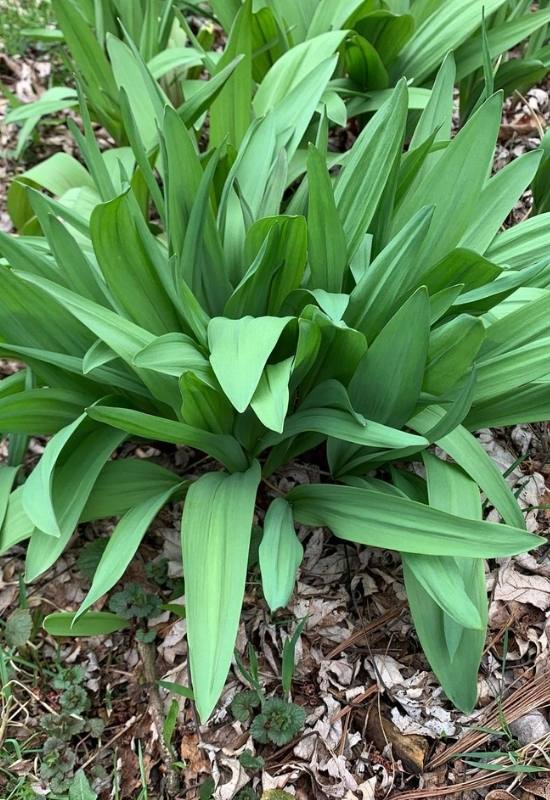
Ramps are a springtime delicacy that many people search the woods for, but establishing your own population isn’t difficult and certainly worth the effort.
Find a shady woodland area with leaf litter that hosts other wildflowers and transplant a few individuals.
As the population grows, you may need to weed out any unwanted plants, but other than that, they will remain virtually maintenance-free!
Unless it is unseasonably dry, these herbaceous perennials native to Eastern North America won’t need to be watered or fertilized.
5: Lungwort – Pulmonaria saccharate
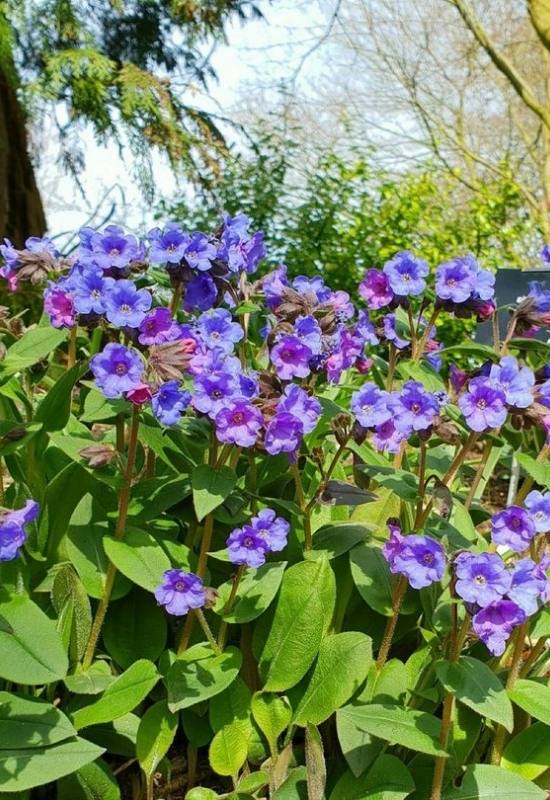
This beautiful small herbaceous perennial blooms early in spring before most plants begin flowering.
The bell-shaped flowers begin pink and mature to a purplish blue, and the basal foliage is fuzzy and speckled; Lungwort grows low to the ground, so use it to fill gaps near borders, and eventually, it will spread and colonize shady bare spots.
6: Ferns

There are so many different species of ferns to choose from, all with their own unique form and color variations.
Choose a variety native to your region because that species is accustomed to your climate and more likely to survive and not become invasive, which adds to your chore load.
Planting robust Royal Fern (Osmunda regalis) and low-growing Maidenhair Fern (Adiantum spp.) together create a nice filling effect in any shady garden area.
7: Columbine – Aquilegia canadensis
This species, native to North America, thrives in shady areas with fertile soil, like woodland areas, making them the perfect plant to go in a shaded wildflower garden.
A favorite of pollinators and hummingbirds, these species easily spread to create low-maintenance colonies of beautiful low-lying plants.
8: Wild Geranium – Geranium maculatum
These species native to North America are disease tolerant, virtually pest resistant, and bloom with virtually no maintenance if planted in a location suitable for wildflowers, including shaded woodlands and along north walls of buildings and fences.
Unless unseasonably dry, wild geraniums won’t need watering, and deadheading encourages new blooms but is unnecessary.
Conclusion
There are many low-maintenance perennials to choose from depending on the light availability and soil type in your yard, many of which will give you blooming flowers all season long.
Be aware that even though they are low maintenance, these hardy species can become competitive and escape from your garden beds, so many will need thinning every few seasons.
Also, be sure not to plant any invasive species near natural areas or consider choosing varieties native to your area.
We hope these low-maintenance perennials will help you to create a beautiful, finished look for your yard, pollinator garden, or professional landscaping projects. Happy planting!

Written By
Amber Noyes
Amber Noyes was born and raised in a suburban California town, San Mateo. She holds a master’s degree in horticulture from the University of California as well as a BS in Biology from the University of San Francisco. With experience working on an organic farm, water conservation research, farmers’ markets, and plant nursery, she understands what makes plants thrive and how we can better understand the connection between microclimate and plant health. When she’s not on the land, Amber loves informing people of new ideas/things related to gardening, especially organic gardening, houseplants, and growing plants in a small space.

